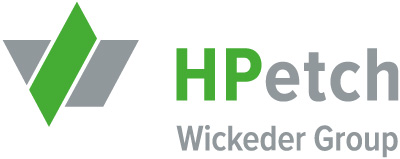What is Parylene coating?
Whenever you need the protective effect under high stress, Parylene can be the best possible solution. It is the ultimate coating for the protection of devices, components and surfaces, especially in the electronics, aerospace, automotive, medical, LED and MEMS industries.
The hydrophobic polymer film has many unique properties. Parylene is light and can be applied as a homogeneous layer thickness. The transparent film is completely smooth and there are no unwanted effects during the construction phase, such as surface tensions or gravitational effects. So it is extremely robust against harsh environmental influences, while the material is absolutely biocompatible: It contains neither solvents nor plasticizers. In addition, it is resistant to aggressive media and liquid hydrocarbons (gasoline, diesel, glycol) and can be used as a diffusion barrier to gases. Also, the Parylene coating has no negative effects in the salt spray test.
The layer is usually applied with a thickness of 1 to 50 µm. Homogeneous applications make it possible to cover very small holes. Coating with liquids is often tricky with spatial assemblies, because homogeneous layers can not be guaranteed. However, with Parylene, it is possible to coat hard to reach areas and structures, e.g. deep and narrow columns. The structure of the component or the surface is retained.
Advantages at a glance
› Superior protection properties
› Insensitivity to organic solvents, ceramics, Rubbers
› Insensitivity to inorganic substances, acids, bases and Solutions
› Resistance to corrosion
› High mechanical resistance
› High dielectric strength (5000V / 25 μm)
› Low friction coefficient: Use as “lubricant” possible
› Biocompatible and biostable
› Barrier against moisture and chemicals
Parylene Process
Protective coating with Parylene is a three step manufacturing process where Parylene in its monomer form is deposited on the substrate in a vacuum chamber to build a polymeric conformal coating.
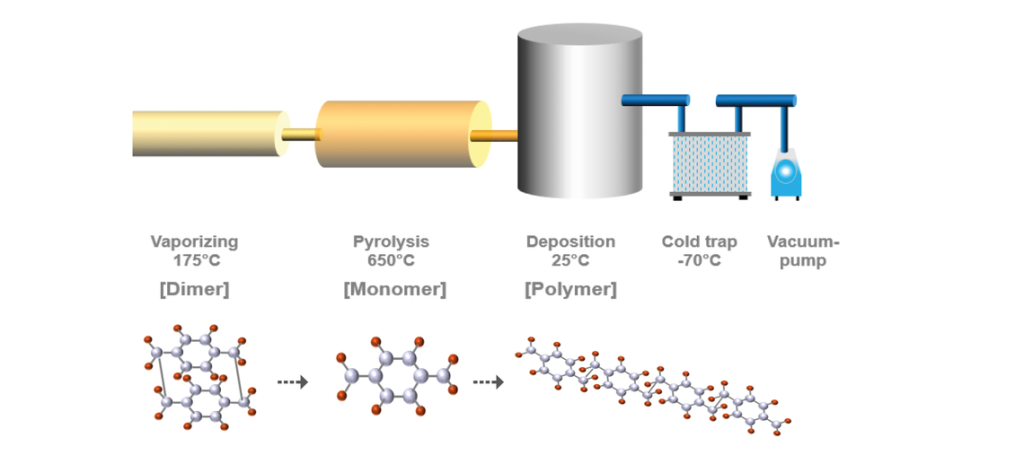
1. Vaporizing
The first step is the vaporization of firm dimer. The dimer is heated to a temperature of 175°C and is dissipated in a gas.
2. Pyrolysis
The gas is then pyrolysed (thermo chemical cleavage of organic compounds) to transform the dimer in its monomeric form.
3. Deposition
The monomeric gas is deposited in the deposition chamber under room temperature as a transparent polymeric film. The obtained coating layer thickness can vary with the application and can amount from 1 µm up to 50 µm.
The Advantageous Parylene Properties
– uniform and pinhole free
– stress-free, elastic
– dielectric strength (200V/µm)
– wear resistant
– bio compatible
– resistant to chemicals and solvents
– good protection from moisture, water and gases
– no contaminants or solvents that effect the substrates during the process
– low weight
– low friction
– transparent film of optical quality
– particle retention
– low out gassing
– fungus and bacteria resistant
– radiation Resistant
– resists high and low temperatures (-200°C to +200°C)
– RoHS Compliant
– MIL-I-46058C Certified
– USPXXII, Class VI Biocompatibility Rating
– IPC-CC-830B compliant
– FDA approval of parylene-coated devices is well documented
– UL approval
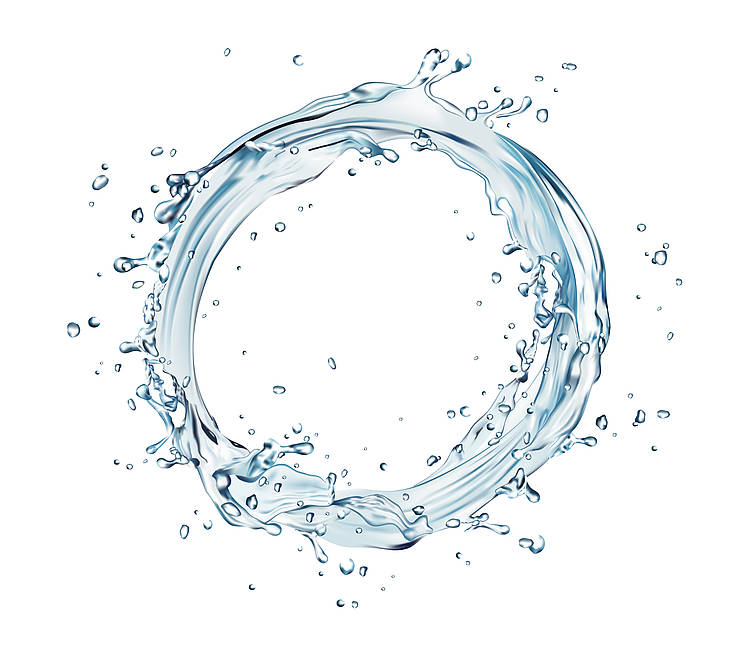
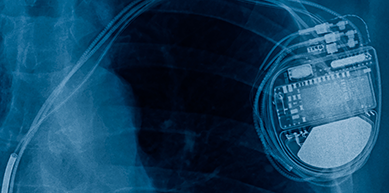
– biocompatible
– stress free, elastic
– FDA approval of parylene-coated devices is well documented
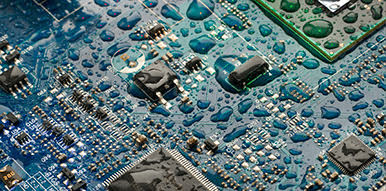
– good protection from moisture, water and gases
– dielectric strength (200 V/µm)
– uniform and pinhole free

With parylene coating on the outside, no additional lubrication in the inner sleeve is needed.
– stress-free, elastic
– FDA approval of parylene-coated devices is well documented

– excellent dielectric qualities
– excellent thermal stability up to 450°C
– withstands humidity and dust
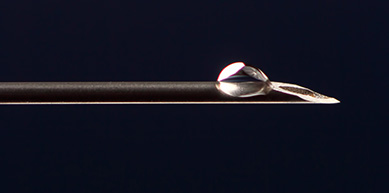
– bio compatible USPXXII, class VI biocompatibility rating
– greater abrasion resistance and dry lubricity than PTFE
– has been approved by the US FDA
– withstands humidity and dust

– Parylene conforms to MIL-I-46058C for aerospace and military electronics applications
– excellent thermal stability up to 200°C
– advanced protection in extreme environments.
Applications
Parylene is the ultimate conformal coating for the protection of devices, components and surfaces in a wide range of industries: electronics, medical, automotive and many more.

Stents
Catheters
Needles
Medical electronics
Medical seals
Medical elastomers
Hearing aids
Implants
Pacemakers
Electrosurgical instruments

Printed circuit boards and assemblies
MEMs
Wafers
Sensors
PLC’s
Power supplies

LEDs
Automotive electronics
Connectors
Digital displays
Emission sensors and systems
Fuel cells
Gaskets and seals
Monitoring systems
Sensors

LEDs
Video displays
Transportation signage
Marine lighting
Aviation lighting
Vehicle lighting
Electronic billboards
Outdoor illumination
Scoreboards
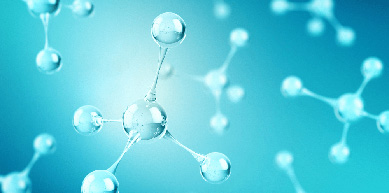
Tissue Engineering
Nanofiltration
Chemical catalyst
Biomedical
High frequency circuits

Circuit card assemblies
Power supplies
Radar equipment
Detection
Ruggedized communication devices
Satellite electronics
